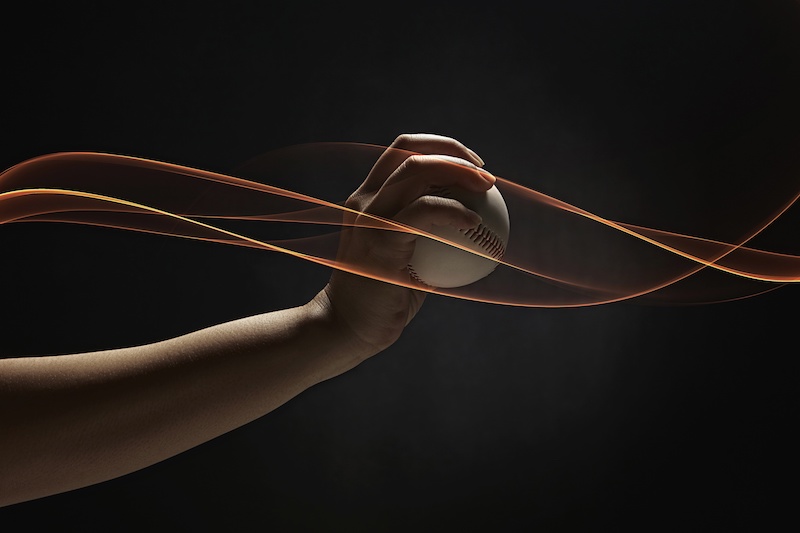Baseball can put extreme stress on the shoulder and elbow and sometimes, and maybe you are a player looking for a baseball injury specialist in Visalia. If so, we read on to learn more about how we can help.
Every year, approximately three million children play baseball in the U.S., and many continue to play on through their adolescence into high school. Due to the mechanics involved in baseball, strain on the elbows and shoulders is unavoidable, and injuries are therefore more common in these areas than anywhere else in the body. Young players of all positions are at risk for getting injured, but the risk is significantly higher for pitchers. In fact, research has shown that as many as 45% of pitchers under the age of 12 already experience pain in their elbow on a regular basis.
Most of this pain is due to performing the same motions repeatedly, which is referred to as overuse. One of the most common causes of elbow pain in young athletes is a condition called little league elbow—or medial epicondyle apophysitis—an overuse injury to one of the growth plates on the inside of the elbow. Little league elbow is most commonly seen in young pitchers and occurs because the growth plates are weaker than the muscles that attach to them. As a result, the stress placed on the growth plates from repetitive throwing can cause them to become inflamed, and the result is pain and swelling that makes it challenging to throw normally.
Other common overuse injuries of the elbow in youth baseball include the following:
- Ulnar collateral ligament (UCL) injury: often results from pitchers throwing too often or too hard, and can range from minor damage to a complete tear
- Flexor tendinitis: inflammation of the tendons of the elbow that attach to the upper arm bone (humerus), which leads to pain on the inside of the elbow
- Valgus extension overload: a condition in which the protective cartilage on the bony point of the elbow (olecranon) wears away and a bony growth develops
- Ulnar neuritis: irritation of the ulnar nerve, which stretches around the bony bump at the end of the humerus; the result is numbness, tingling, and pain
Since these elbow injuries result from overuse, the best way to prevent them is to ensure that young athletes are training within their limits and not pushing themselves too far. Parents and coaches can do their part by monitoring participation levels and pitch counts for young pitchers, and encouraging rest and recovery when it’s needed. Another key component of injury treatment and prevention is physical therapy. A physical therapist can provide a specific prevention program for young players, which will include stretching and strengthening exercises individualized to their specific needs and based on any weaknesses that might be present.
One, study published in 2017 shows just how effective physical therapy can be for baseball-related elbow injuries and why it should be the treatment-of-choice for these patients. The study, which focused on UCL injuries in throwing athletes, concluded with the following statement:
Non-operative management of sprains of the medial UCL of the elbow should be considered as first-line treatment in the majority of cases. After adequate rest, a structured return-to-sport interval-training program is crucial for successful return. Prevention of further injury may be provided by evaluating the athlete’s throwing technique and training regimen.
Our physical therapists are trained to help with both of these recommendations: they can provide a return-to-sport training program that is personalized for each athlete, and they can also evaluate the athlete’s throwing technique and guide them with prevention techniques that will reduce their risk for future throwing-related injuries.
To learn more or book an appointment with one of our clinical specialists, click here for additional contact information.

